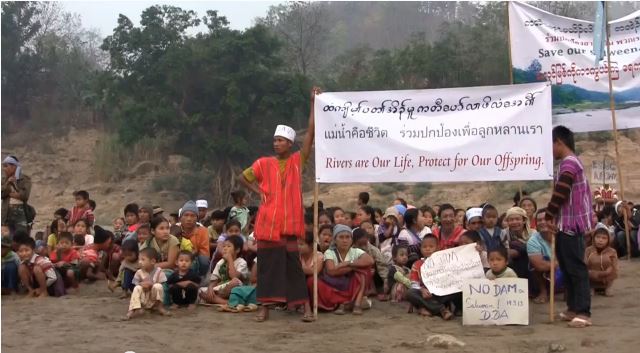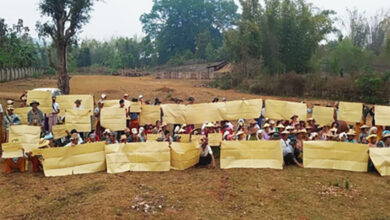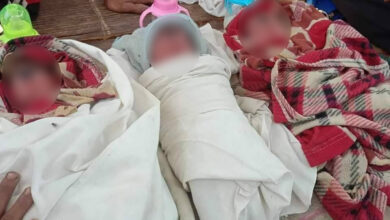2,000 Karen call for stop to Salween dams

Earlier this week thousands of Karen people turned out to protest over plans to dam the Salween River.
As many as 2,000 internally displaced people and villagers from the Wei Gyi area gathered on the banks of the Salween to mark the International Day of Action for Rivers and Against Dams at Ei Htu Hta Internally Displaced Persons (IDP) camp.
The event organizers, Karen Rivers Watch (KRW) and its local member Salween Eyes (SEE) said in a media statement that the planned dams would not benefit the people of Burma and most of the electricity would be sold to neighboring countries.
“Six dams are being planned on the Salween River in Burma, including the Hat Gyi Dam in Karen State. With an installed capacity of 1,360 megawatts, the Hat Gyi project will cost US$2.6 billion, according to the US-based International Rivers. Thai NGO TERRA has said that 60 MW of power from the dam will be for Myanmar, while the rest will be sold to Thailand.”
Paul Sein Twa, director of the Karen Environmental and Social Action Network (KESAN), said.
“Today people in different parts of the world are commemorating this Day of Action to protect their rivers against mega-dams. Communities along the Salween share this common goal. We want to raise our voices to let governments and decision makers know of our sufferings and needs. T
Karen Rivers Watch pointed out that indigenous people have relied on the Salween River basin for generations for their living, transport and food.
“Local people do not want any dams on the Salween River, especially in Karen State, without the free, prior and informed consent of impacted communities. The government and the Karen National Union need to broaden the decision making process so that it is transparent, inclusive and democratic. Dam proponents need to apply international best practices and business due diligence in all their dam building projects.”
Community leaders from the Dawei region , who are resisting massive development projects in their area, including dams , attended the Salween ceremony. A Dawei community leader, Pati Saw Ko said.
“In the Dawei area, two dams will be built – one to produce electricity and the other to supply water for the Special Economic Zone (SEZ). Both dams have been temporarily suspended because the local villagers are standing against them.”
During the Salween River ceremony Christian, Buddhist, and Animist rituals were carried out while protesters chanted slogans demanding the end to dams.
A bamboo raft bearing a large banner proclaiming “Save Our Salween, No Dam” was floated on the river.
Many of the displaced people from Ei Htu Hta camp said they fear “that the dam plans will lead to increased militarization [security for the dam], human rights abuses, environmental destruction, and loss of local livelihoods.
Naw Phyo Phyo, a member of Ei Htu Hta camp’s Karen Women’s Organization, called for the government and foreign investors to drop plans for development projects including dams during the ceasefire period.
“Current development projects will only benefit a few people – mainly governments and investors – but local people like us will face huge challenges, including permanent loss of our lands, displacement, hunger and severe flooding. This will have many negative impacts on our environment and our livelihoods.”
Pati Saw Ko said.
“We all want development, but development must not bring suffering and difficulty for local communities.”




